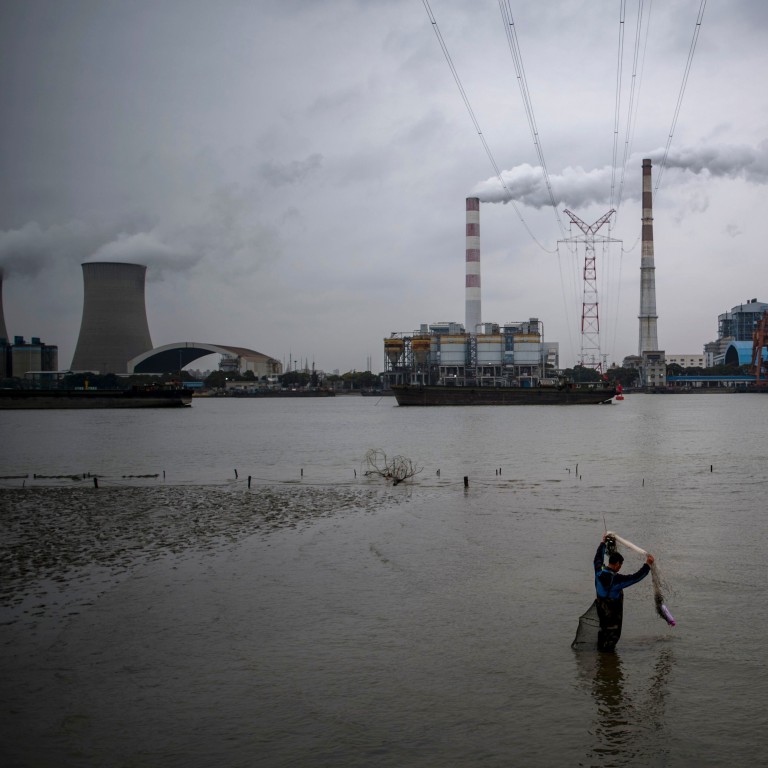
China needs more people power at home and trust from abroad to deliver on its bold 2060 carbon neutral pledge
- Beijing steps up as Trump’s America steps back from climate action but international scepticism means greater scrutiny
- China has tight control of local green-focused NGOs and is unwilling to allow public participation and greater transparency on environmental matters
Will China’s five-year plan offer blueprint to reach carbon neutral pledge?
By claiming the high ground on an issue of global importance, the lofty 2060 pledge is apparently aimed at helping China return to the centre stage when Beijing has become a target of US-led international encirclement efforts.
He showed China the benefits of giving green NGOs room to work
It is also aimed at boosting Beijing’s image and salvaging deeply strained relations with the EU, where perceptions of China are undergoing a sea change from that of an economic partner to a systemic rival.

But it has also met scepticism for reasons of practicality and feasibility. In a post-coronavirus world where China is being scrutinised increasingly through a lens of “distrust and verify”, much hinges on how the coal-reliant country plans to deliver on the challenging target. After all, implementation is at least as important as target-setting in climate politics.
The reality is not at all encouraging though. China’s carbon emissions have rebounded since 2017 and its coal-heavy recovery has seen more than half the world’s coal-fired power capacity built in the first six months of 2020.
Arguably more importantly, Beijing has tightened its controls of the country’s grass-roots environmental non-governmental organisations and shown little willingness to yield to calls for public participation and greater transparency when tackling an avalanche of environmental woes.
As many Chinese environmentalists have rightly pointed out, China’s top-down campaign to clean up pollution is unlikely to succeed until the public are fully involved and their voices properly heeded.

